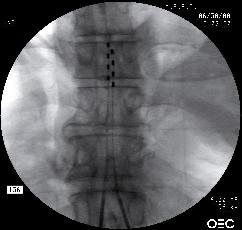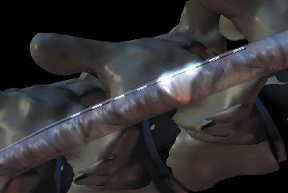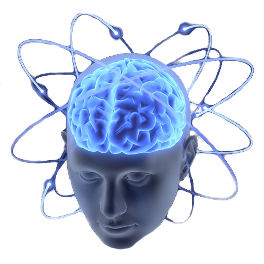 Neuromodulation is the electrical or chemical modulation of the central nervous system to significantly reduce chronic pain and/or improve neurologic function.
Neuromodulation is a relatively new discipline of medicine encompassing several specialties including neurosurgery, anesthesiology,
orthopedics, neurology and neurophysiology. Neuromodulation includes implantable therapies for the treatment of chronic pain and
other disorders of the central nervous system. These therapies include implantable drug pumps that deliver small doses of drugs
directly to nerve fibers and spinal cord stimulators that deliver small doses of electricity directly to nerve fibers. This direct
approach to targeting neurological problems at their source can be very effective in modulating or lessening pain symptoms. Until
recently, treatments for chronic pain and other central nervous system disorders have been limited to systemic drugs or surgery -
treatments with often undesirable or irreversible effects.
Neuromodulation is the electrical or chemical modulation of the central nervous system to significantly reduce chronic pain and/or improve neurologic function.
Neuromodulation is a relatively new discipline of medicine encompassing several specialties including neurosurgery, anesthesiology,
orthopedics, neurology and neurophysiology. Neuromodulation includes implantable therapies for the treatment of chronic pain and
other disorders of the central nervous system. These therapies include implantable drug pumps that deliver small doses of drugs
directly to nerve fibers and spinal cord stimulators that deliver small doses of electricity directly to nerve fibers. This direct
approach to targeting neurological problems at their source can be very effective in modulating or lessening pain symptoms. Until
recently, treatments for chronic pain and other central nervous system disorders have been limited to systemic drugs or surgery -
treatments with often undesirable or irreversible effects.
Neuromodulation Devices/Electrical Stimulators
Precise delivery of small doses of electricity or drugs directly to targeted nerve sites.
Spinal Cord Stimulation (SCS)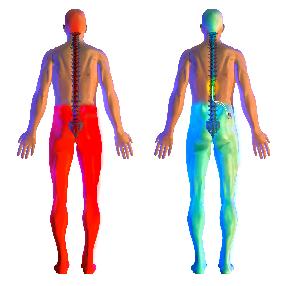
Implanted medical device that delivers electrical pulses to nerves in the dorsal aspect of the spinal cord that can interfere with the transmission of pain signals to the brain and replace them with a more pleasant sensation called parasthesia.
Definition of Chronic Pain
- Frequent or constant pain that does not respond to the usual treatments
- Unlike acute pain, which gets better and goes away in a short time, chronic pain persists for at least several months
Chronic Pain Treatment Continuum
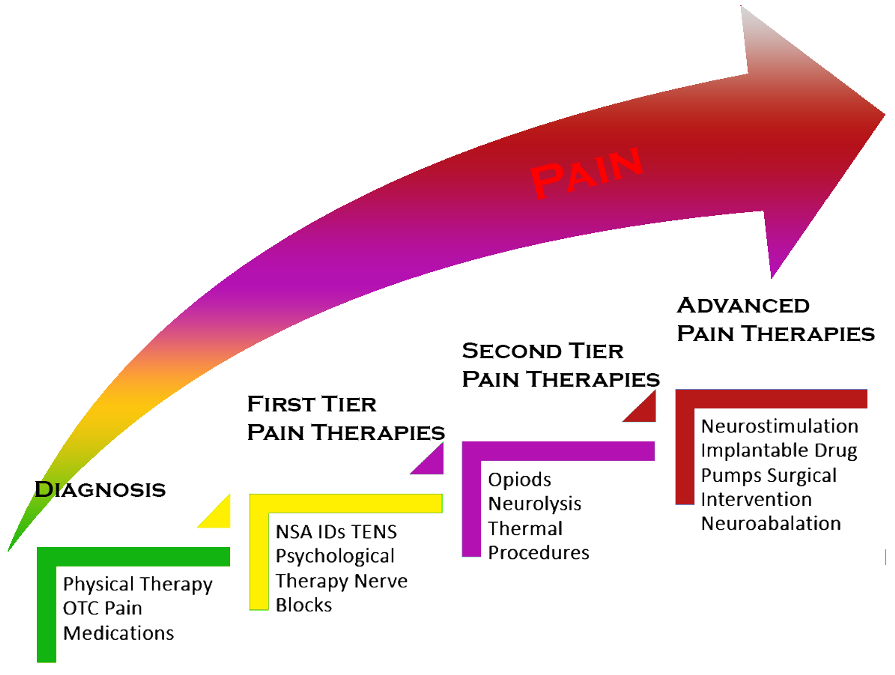
Advantages of SCS Therapy
- Safe
- Testable
- Non-destructive
- Mostly reversible
- Long-term cost is low
SCS Device Components
- Pulse generator
- Transmitter/ patient controller (programmer)
- Leads
- Clinician programmer
1. Implanted Pulse Generator (IPG)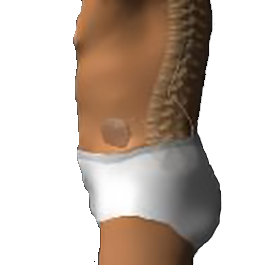
- Pulse generator and battery inside
- Power controls outside
2. Radio Frequency (RF)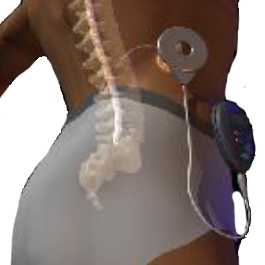
- Pulse generator inside
- Battery and power controls outside
1. Percutaneous Leads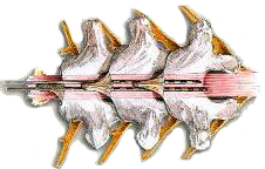
- Catheter style
- Placed via special needle
- Less invasive
- More prone to migration
- Cylindrical electrodes
2. Percutaneous Leads
- Octrode and Quattrode models
- Small, closely spaced electrodes for more precise targeting
- Removable stylets enhance steerablity and control
More Electrodes = More Coverage

Less Electrodes = Less Coverage
